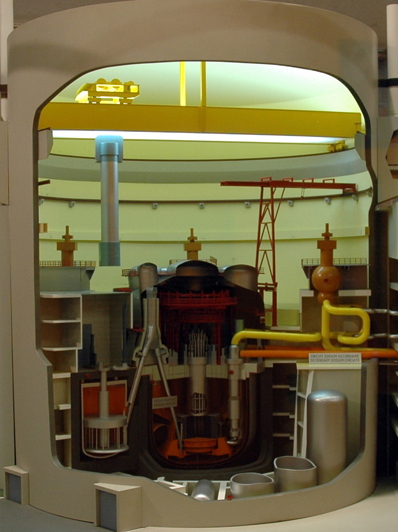Fast Breeder Reactors
Under appropriate operating conditions, the neutrons given off by fission reactions can "breed" more fuel from otherwise non-fissionable isotopes. The most common breeding reaction is that of plutonium-239 from non-fissionable uranium-238. The term "fast breeder" refers to the types of configurations which can actually produce more fissionable fuel than they use, such as the LMFBR. This scenario is possible because the non-fissionable uranium-238 is 140 times more abundant than the fissionable U-235 and can be efficiently converted into Pu-239 by the neutrons from a fission chain reaction.

France has made the largest implementation of breeder reactors with its large Super-Phenix reactor and an intermediate scale reactor (BN-600) on the Caspian Sea for electric power and desalinization.
| HyperPhysics***** Nuclear | R Nave |



